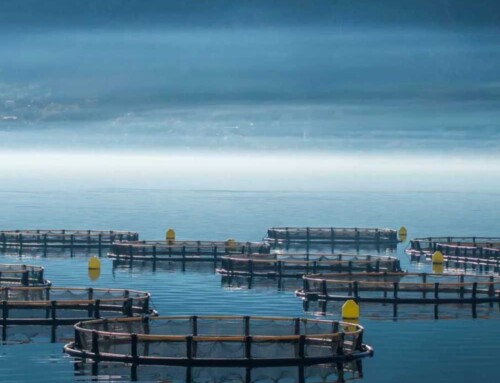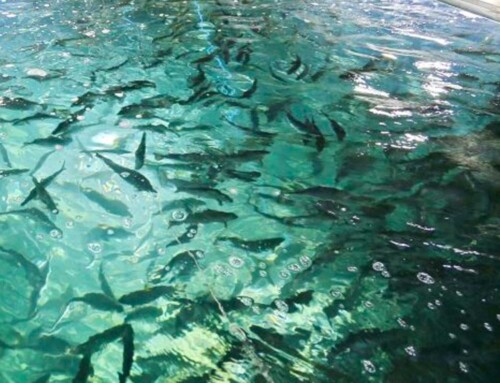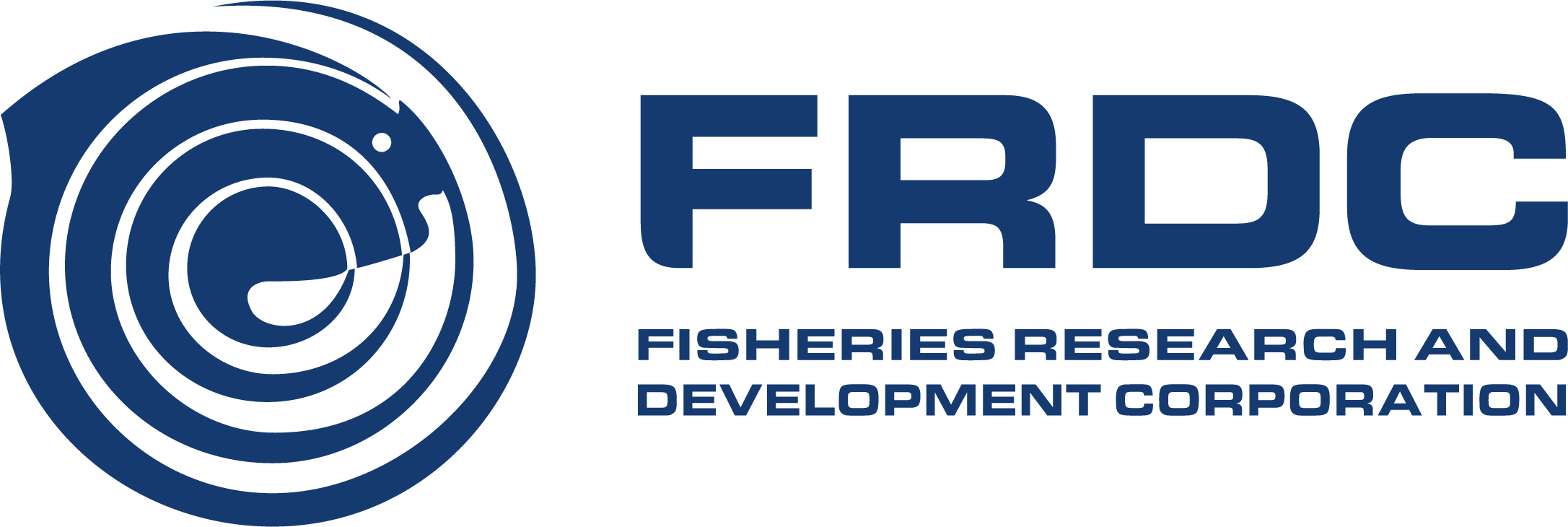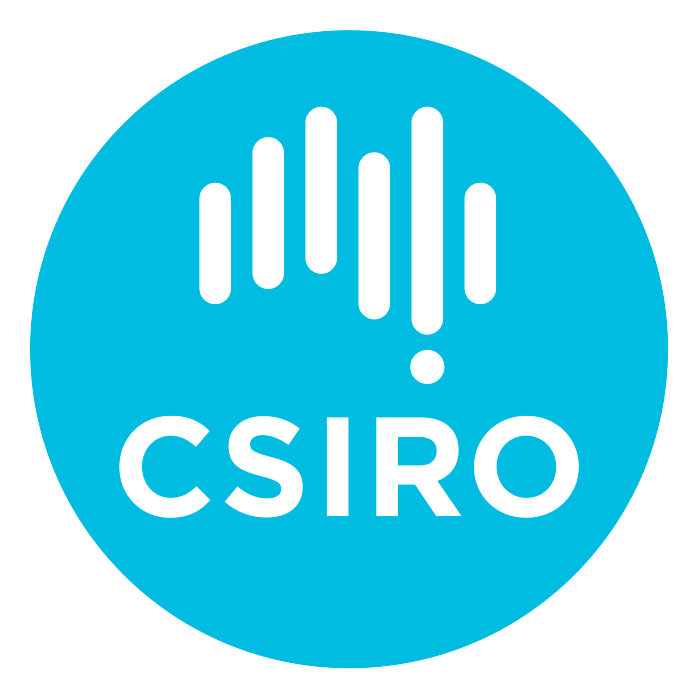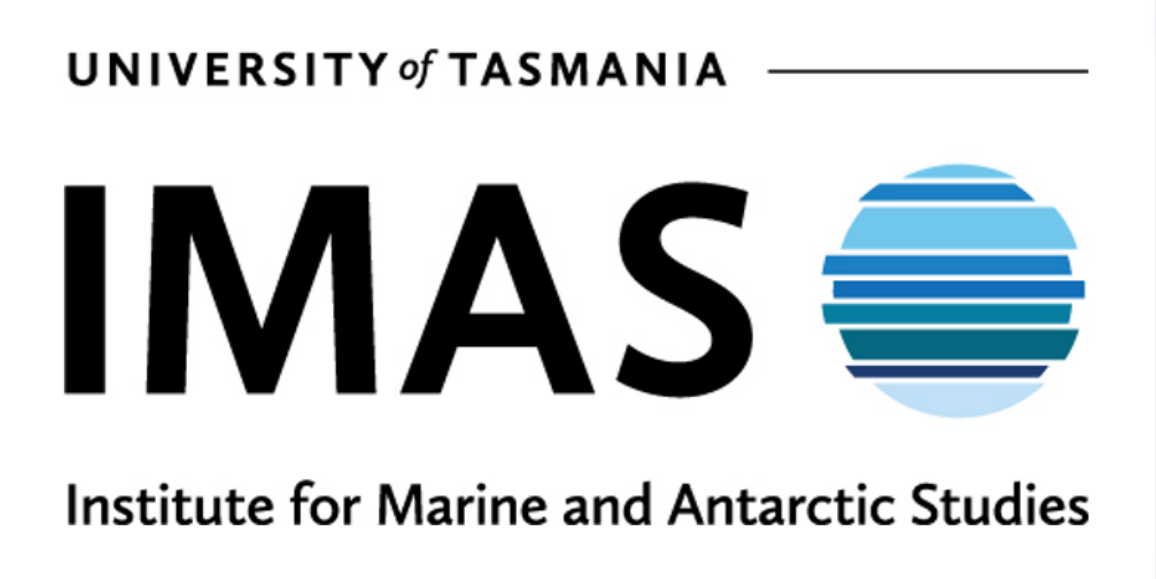SALMON RESEARCH IN TASMANIA – A BRIEF HISTORY
The Tasmanian Government has invested in salmon research since the mid-1980s, when the first salmon were hatched and grown-out in small tanks at what are now the IMAS Taroona Research Laboratories.
Along with this ongoing support, research in the Atlantic salmon aquaculture industry in Tasmania has continued to increase, including from the Australian Government through the FRDC. Over time, funding has included:
- the FRDC Atlantic salmon aquaculture subprogram focused on identified industry management and regulation R&D priorities (2000–ongoing)
- the Aquafin CRC* (2001–2008) – Atlantic salmon and Southern bluefin tuna aquaculture
- the Seafood CRC* (2007–2015)
- the Blue Economy CRC* (current)
- the Marine Bioproducts CRC* (current)
- successive Industry Partnership Agreements between industry and the FRDC
- the Sustainable Marine Research Collaboration Agreement (SMRCA) between IMAS and the Tasmanian Government, and
- the Australian Government through CSIRO projects and co-investment.
While Australian and Tasmanian Government funding has been significant, the industry has also provided funding for projects that particularly focus on research and development.
Importantly, research capacity and capability has been developed over this time, including:
- Facilities: Tasmania and mainland-based tank facilities to conduct research on Atlantic salmon and state-of-the-art laboratories to develop vaccines and address fish health-related issues
- Expertise: world-leading scientists who conduct research on Atlantic salmon in the fields of biology, ecology, virology, genetics, microbiology, computer modelling and mathematics, and more.
*Cooperative Research Centres (CRC) program is an Australian Government initiative.
Strong scientific principles and processes are core requirements for the research we conduct through IMAS, CSIRO and FRDC. It is vital that we ensure the quality of our research and the scientific information used to make decisions that will impact our marine ecosystems and marine sectors.
Decision-makers, the community and other stakeholders need to have confidence and trust in our research, as it informs fisheries management decisions and policies with real-world impacts on the lives and livelihoods of Australia’s fishers and aquaculture operators.
To ensure the reliability and objectivity of research and the resulting scientific information, the FRDC and its research partners have developed the Research and Science Information Guidelines for Australian Fisheries to define what constitutes best-practice, high-quality and reliable scientific information. The guidelines are based on the following principles:
- Relevance: research and scientific information must be relevant and contribute directly to answering key questions and addressing management objectives.
- Reliability: information must be accurate and reproducible.
- Objectivity: information must be impartial and free of personal bias.
- Integrity: information must be protected from inappropriate alteration, selective interpretation or presentation. Scientific information should remain complete throughout the science-to-decision process.
- Peer review: the primary, internationally-accepted mechanism for evaluating the quality of research and scientific information is peer review. For published papers, the work must be evaluated by one or more experts in the appropriate field. For published reports, the findings of IMAS and CSIRO are the result of expert knowledge and robust research, reviewed by entire teams of experts.
INDUSTRY BEGINNINGS
The Atlantic salmon aquaculture industry in Tasmania was first established in 1984 under a joint venture between the Tasmanian Fisheries Development Authority and Norwegian investors Noraqua.
Atlantic salmon eggs, called ova, were imported from Gaden Hatchery in NSW and hatched in quarantine facilities at Taroona. These young salmon, called smolt, were taken to the joint venture company at Dover, where Noraqua harvested the first Atlantic salmon in 1986. Smolt were also taken to Bruny Island, where Nortas (later acquired by Tassal) achieved similar success.
These successful harvests justified the immediate construction of a full-scale hatchery and the development of commercial sea farms. By 1989, Atlantic salmon produced in Tasmania was competing with Norwegian suppliers on the Japanese market.
By 2001, Tasmanian farms had produced over 12,000 tonnes of Atlantic salmon. Since then, the industry has experienced approximately a 10% growth each year. In 2019/20 alone, the total harvest was around 65,000 tonnes.
ATLANTIC SALMON LIFE CYCLE
In their life cycle, Atlantic salmon have both freshwater and marine phases, so production in Tasmania combines both land-based and sea-based farming systems.
This production cycle takes about three years. For the first 1.5–2 years, salmon are hatched and on-grown in controlled freshwater land-based hatcheries, then transported to seawater cages for another 1-1.5 years, before being harvested.
These timeframes have shifted with industry developments over the last decade, with fish now able to spend:
- more time in the controlled environment on land, where conditions can be optimised for maintaining peak growth, fish health and welfare, resulting in larger more robust fish for the transition to the marine phase
- less time in seawater pens, which improves both the efficiency of limited space for growing fish, and the ability to rotate and rest areas in the marine environment.
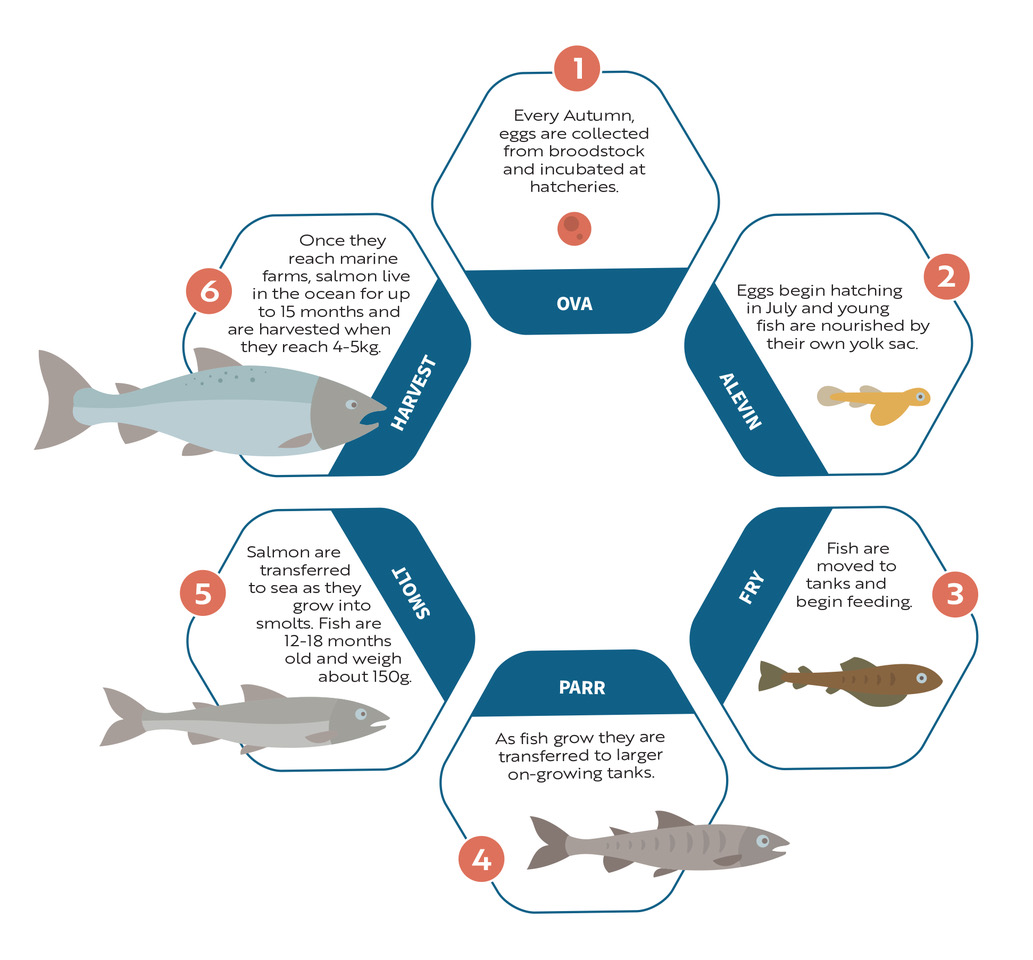
Salmon life cycle. Image credit: Salmon Tasmania

